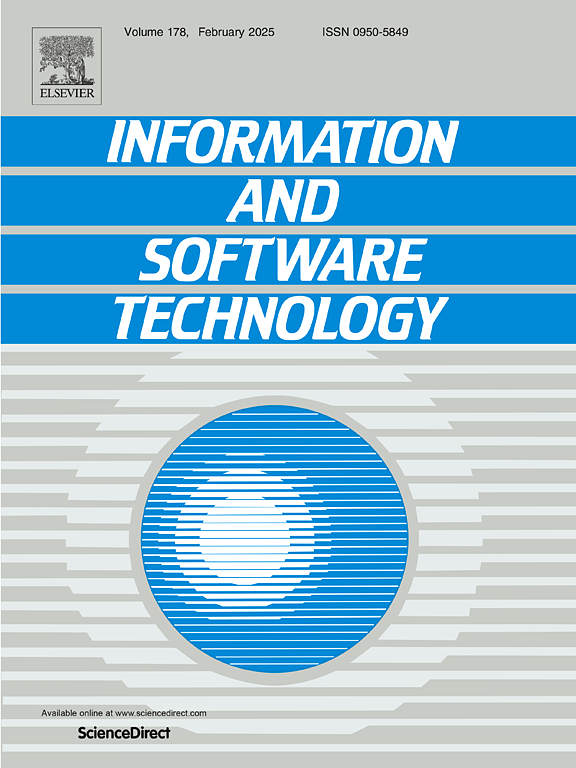BinOpLeR: Optimization level recovery from binaries based on rich semantic instruction image and weighted voting
IF 3.8
2区 计算机科学
Q2 COMPUTER SCIENCE, INFORMATION SYSTEMS
引用次数: 0
Abstract
Context:
Compiler toolchain differences result in binary code diversity, wherein the impacts of different optimization levels on binary code severely constrains the performance improvement of software security detection tasks such as malware detection, software copyright protection, and vulnerability homology detection. However, binaries compiled with different optimization levels often contain numerous identical or similar code fragments, posing severe challenges to recovering the optimization levels from binaries.
Objective:
The existing optimization level detection methods based on statistical features have poor generalization capabilities, and those based on automated learning have low detection accuracy due to using coarse-grained instruction normalization. To improve accuracy and generalization capabilities, this paper proposes BinOpLeR, a binary optimization level recovery method based on rich semantic instruction images and weighted voting.
Method:
In this paper, we perform fine-grained normalization on disassembly instructions to retain the elements that reflect instruction semantics and code execution characteristics, and utilize the mappings from the ASCII code values of assembly codes to pixel grayscale values to convert functions into grayscale images. Then, a balanced dataset is constructed using the grayscale images of functions to train a convolutional neural network model with adaptive pooling to capture optimization level-related features. Finally, a weighted voting scheme that incorporates prediction probabilities and function lengths is innovatively introduced to infer the optimization levels of binaries.
Results:
We evaluate the performance of BinOpLeR on the public dataset of ARM and MIPS binaries using precision, accuracy, recall and F1 score. The results show that BinOpLeR outperforms the comparison methods in prediction performance.
Conclusion:
The findings indicate that: BinOpLeR effectively improves the accuracy of the optimization levels recovery from binaries. It exhibits stable performance across different compiler versions. The granularity and normalization significantly influence feature extraction, and function lengths along with prediction probabilities are crucial factors in inferring the optimization level of binaries.

求助全文
约1分钟内获得全文
求助全文
来源期刊

Information and Software Technology
工程技术-计算机:软件工程
CiteScore
9.10
自引率
7.70%
发文量
164
审稿时长
9.6 weeks
期刊介绍:
Information and Software Technology is the international archival journal focusing on research and experience that contributes to the improvement of software development practices. The journal''s scope includes methods and techniques to better engineer software and manage its development. Articles submitted for review should have a clear component of software engineering or address ways to improve the engineering and management of software development. Areas covered by the journal include:
• Software management, quality and metrics,
• Software processes,
• Software architecture, modelling, specification, design and programming
• Functional and non-functional software requirements
• Software testing and verification & validation
• Empirical studies of all aspects of engineering and managing software development
Short Communications is a new section dedicated to short papers addressing new ideas, controversial opinions, "Negative" results and much more. Read the Guide for authors for more information.
The journal encourages and welcomes submissions of systematic literature studies (reviews and maps) within the scope of the journal. Information and Software Technology is the premiere outlet for systematic literature studies in software engineering.
 求助内容:
求助内容: 应助结果提醒方式:
应助结果提醒方式:


